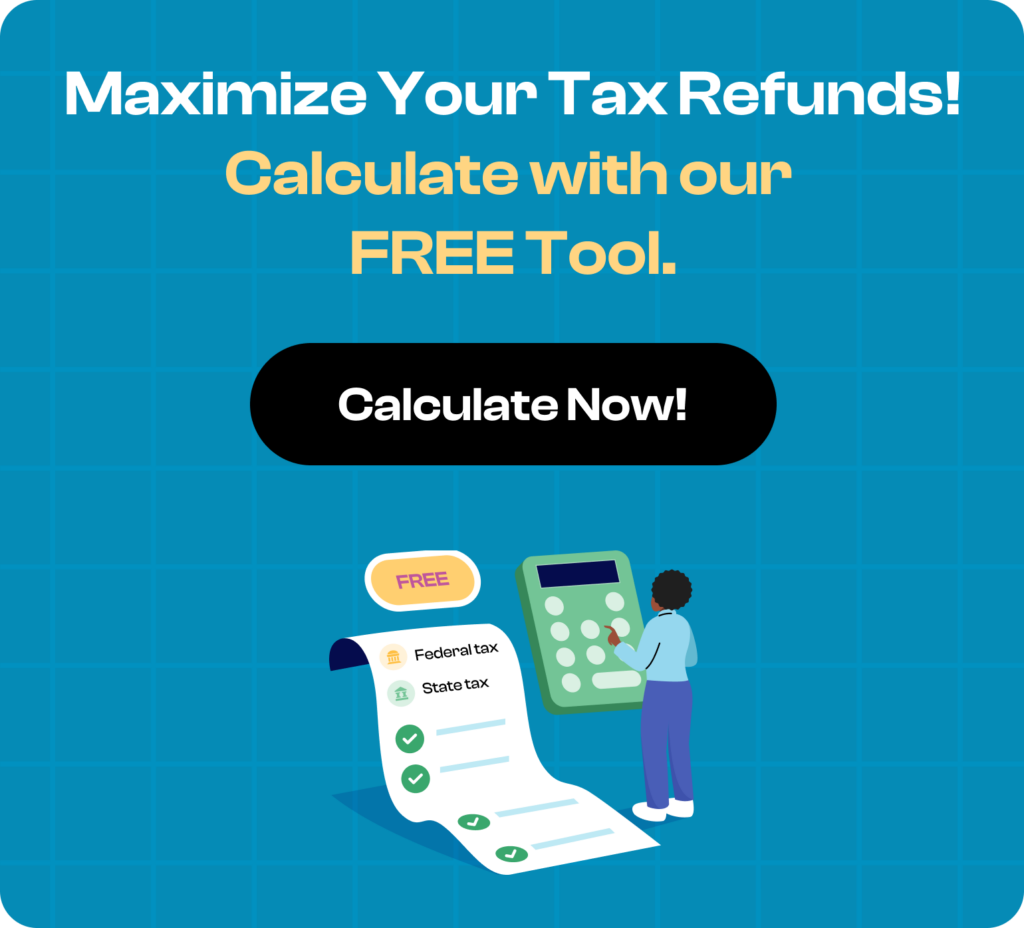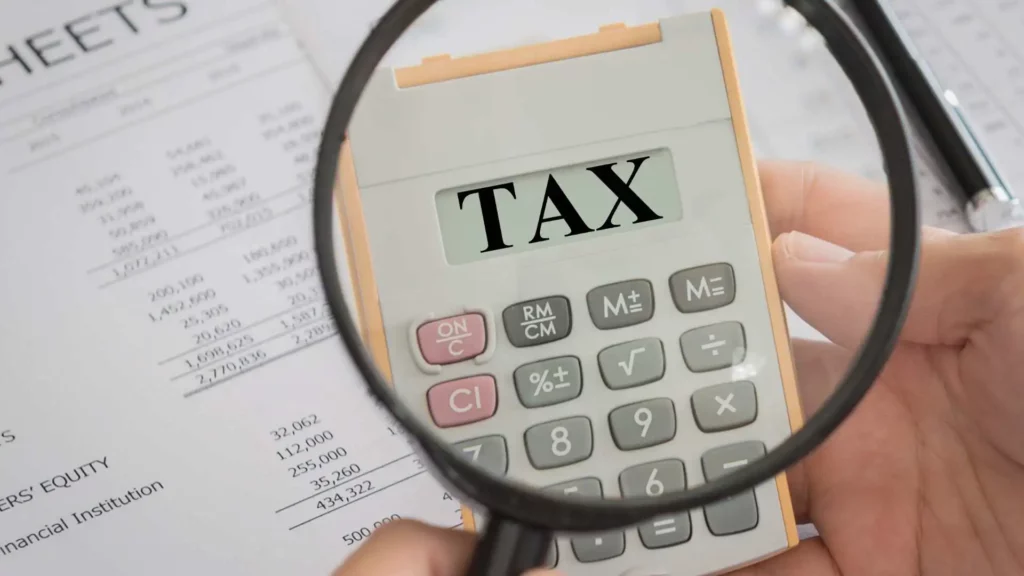Formally known as Employee’s Withholding Certificate, a W-4 form is an IRS form that tells employers how much tax to withhold from an employee’s paycheck. Employers use the W-4 to calculate certain payroll taxes and remit the same to the IRS on behalf of employees. This is a key form to keep in mind before filing your taxes.
Personal information
In the first step, you enter your name, address, Social Security Number and tax-filing status. Make sure your name is the same as it is on your Social Security card. If the name on this form is different, you will need to contact the Social Security Administration to ensure receiving credit for your earnings. Your tax filing status will be one of the following:
- Single/Married filing separately
- Married/Qualifying widow(er) filing jointly
- Head of household (for qualifying individual/sole taxpayers in a family who are paying more than half of the household expenses)
Account for Multiple Jobs
The second step applies only if you have more than one job, or if your spouse works and you are filing jointly. Here, you have three options to complete this step:
- Use the IRS’ Tax Withholding Estimator to calculate the additional tax you need to have withheld.
- Use the IRS’ Multiple Jobs Worksheet (on page 3 of W-4) to calculate the amount if you and/or your spouse work either two or three jobs at the same time.
- If you and/or your spouse work a total of two jobs only, check the box located at 2C of the form. This way, your standard deduction and tax brackets will be cut in half for each job to calculate withholding.
Claim Dependents
If your total income is under $200,000 (or $400,000 if filing jointly), you can enter the number of dependents you have and multiply that number by the credit amount, which is $2,000. If you have other qualified dependents, you can multiply their number by $500. The IRS has a tool to help you determine who to claim as a dependent.
Refine Your Withholdings
This step is optional — accounting for other adjustments you can make to refine your withholdings. This has three parts:
- Other income (not from jobs): You can include other income you receive not related to jobs such as interest, dividends and retirement income.
- Deductions: If you plan to claim itemized deductions (other than standard deductions) to lower your tax liability, fill out the worksheet on page 3.
- Extra withholding: In case of multiple jobs, you can designate a specific amount (like an extra $10) for additional withholding tax from your paychecks.
Sign and Send to Your Employer
After reviewing your form and verifying that the data provided is correct, provide the signed form to your employer’s human resources or payroll team.
Important Things to Remember
You can change information on your W-4 as and when there are changes in your tax profile. If your household finances change, and you become responsible for paying most of the bills, you can change your status to head of household, which entitles you to higher standard deductions and lower tax liability.
When you complete your W-4, it does not go to the IRS immediately. It goes first to your employer, who will keep the form on file for at least four years. The IRS reviews withholdings from time to time. So it is important to complete your W-4 form correctly or you could end up with a higher tax bill.
Some taxpayers might qualify for exempt status if they had no tax liability in the previous year or current year. Doing this will also mean that their employer will not withhold any of their pay for federal taxes. If you want to claim exempt status, remember to fill out a W-4 form each year by February 15. This will inform you about your zero tax liability and maintain exempt status.
Tax-filing can appear to be a drawn-out process. If you need help, you can estimate your Federal and State taxes with Beem’s Tax Calculator. Get started now.






























